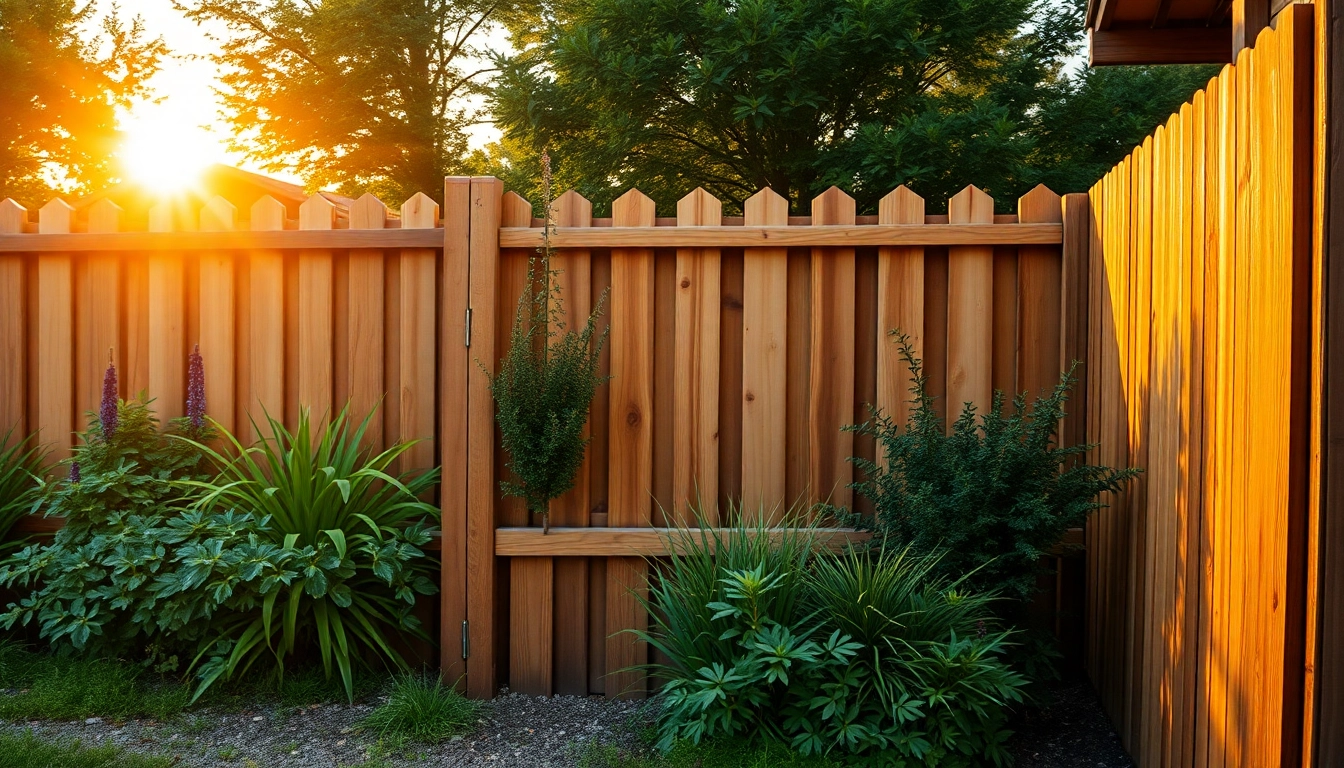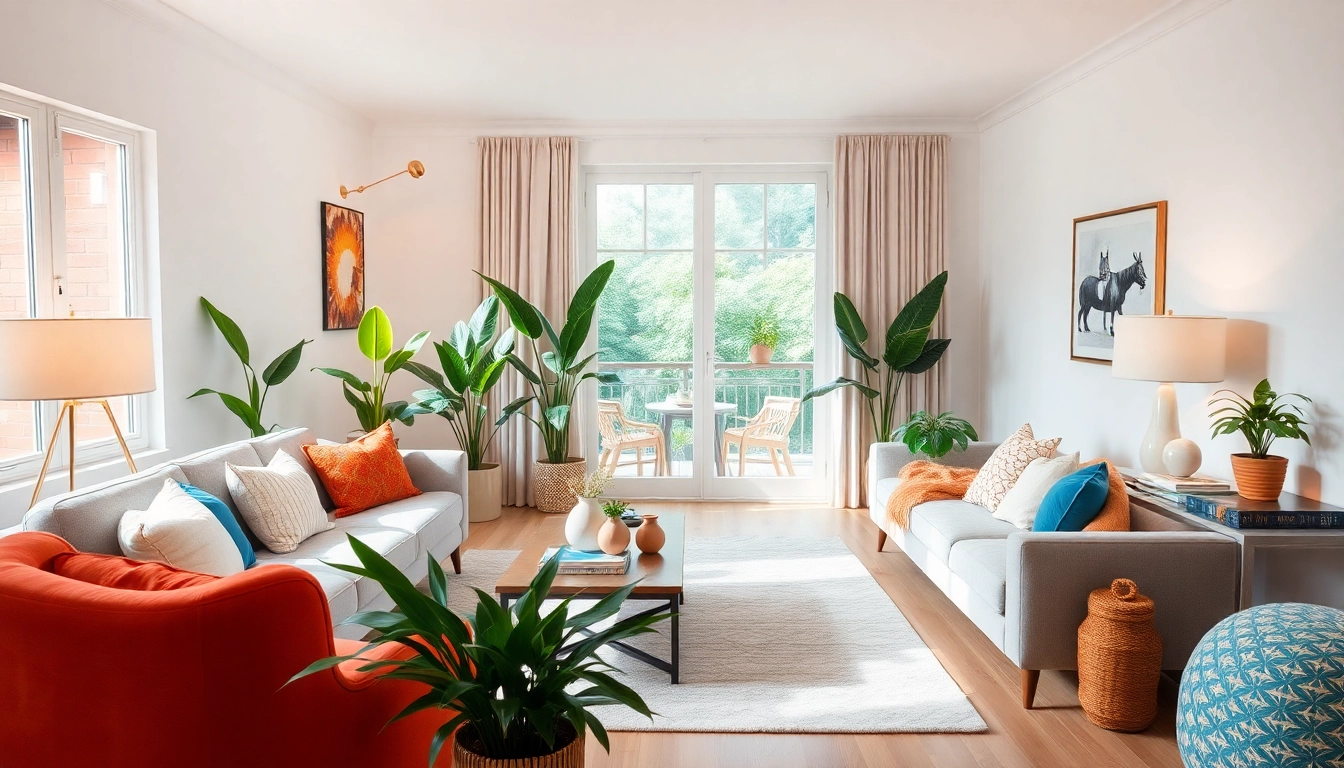Understanding Home Extensions: What You Need to Know
1. Definition and Purpose of Home Extensions
Home extensions refer to the process of adding new space to an existing property, allowing homeowners to create additional living areas without the hassle and cost of moving. This might involve expanding the footprint of the house, either outward into the garden or upward into the loft. The primary purpose of these extensions is to enhance functionality by providing extra rooms, which can cater to various needs—be it for growing families needing more bedrooms, or for individuals wishing to create a private workspace.
2. Benefits of Expanding Your Home
Expanding your home comes with numerous advantages. Besides increasing the available space, home extensions can significantly enhance property value. Real estate experts suggest that extensions often yield a better return on investment compared to other renovations. They also allow homeowners to tailor their living spaces to fit their evolving needs, creating functional areas such as playrooms, home offices, or even entertainment zones.
3. Common Misconceptions About Home Extensions
Despite the benefits, many homeowners hold misconceptions about home extensions. A widespread belief is that extensions are prohibitively expensive and only for the affluent. In reality, with various designs and materials available, extensions can fit a wide range of budgets. Additionally, some fear that adding an extension will disrupt their daily lives for an extended period, which may not be the case when managed well by professional builders.
Types of Home Extensions to Consider
1. Single-Storey Extensions: Maximizing Garden Space
Single-storey extensions are particularly popular for homeowners looking to maximize their garden space while providing a larger kitchen or living area. These extensions often create a seamless indoor-outdoor living experience, which is highly sought after. With large glass doors that open into the garden, they enhance natural light flow and connectivity with outdoor spaces.
2. Double-Storey Extensions: Adding Value and Space
Double-storey extensions are ideal for those looking to add substantial square footage to their property. They offer an opportunity to create additional bedrooms and bathrooms, making them an appealing choice for larger families. Importantly, double-storey extensions can yield higher property values compared to single-storey options, depending significantly on local market conditions.
3. Loft Conversions: Utilizing Unused Space
Loft conversions are a fantastic way to use otherwise neglected areas of a home. By turning a loft into a bedroom, office, or playroom, homeowners can create versatile spaces without the need to extend the building’s footprint. This option is often less complex than traditional extensions in terms of planning and construction, making it a viable choice for many looking to increase their living space.
Planning Your Home Extension: Practical Steps
1. Setting a Realistic Budget for Your Project
Budgeting is one of the critical steps in planning a home extension. It is important to consider all potential costs, including materials, labor, permits, and any unforeseen expenses that may occur during the project. Establishing a clear budget from the outset can help avoid overstretching finances and ensure that the project remains feasible.
2. Understanding Planning Permissions and Regulations
Before starting any construction, understanding the necessary planning permissions is crucial. Each local authority has its own regulations that govern building extensions to ensure safety and harmony within neighborhoods. Homeowners are advised to consult with their local council or a planning consultant to understand these requirements fully.
3. Hiring Professionals vs. DIY Extensions
When it comes to extensions, many are faced with the decision of whether to hire professionals or pursue a DIY approach. While DIY may seem cost-effective, it can lead to mistakes that can be costly to rectify later. Hiring professionals ensures that the work meets all building regulations and standards, ultimately creating a safer and more aesthetically pleasing extension.
Designing Your Home Extension: Key Considerations
1. Balancing Aesthetics and Functionality
The design of your home extension should prioritize both aesthetics and functionality. This means choosing designs that complement the existing architecture while also serving your specific needs. Working with an architect can help ensure that your ideas are functional and visually appealing, integrating seamlessly with the existing home.
2. Choosing the Right Materials and Finishes
Choosing the right materials can significantly affect the durability and appearance of your extension. From bricks and cladding to roofing materials, being mindful of your choices can ensure that the extension lasts and blends well with the existing structure. Additionally, high-quality finishes can enhance both the liveability and marketability of your property.
3. Integrating Sustainable Practices in Design
With the growing concern for the environment, integrating sustainable practices into your home extension is becoming essential. This can include the use of renewable energy sources, energy-efficient materials, and methods such as smart home technology to minimize your carbon footprint while enjoying your expanded space.
Cost Breakdown for Home Extensions: What to Expect
1. Average Costs for Different Types of Extensions
The costs of home extensions can vary significantly depending on the type of extension, the materials used, and the region. On average, a single-storey extension can cost anywhere from £15,000 to £50,000, while double-storey extensions can range from £25,000 to beyond £100,000. Estimating these figures based on what local builders charge can provide a clearer picture of budget requirements.
2. Factors Influencing the Cost of Extensions
Several factors influence the cost of home extensions, such as design complexity, size, location, and material choice. Additionally, hiring skilled contractors may bear a higher upfront cost, but their expertise can save time and potentially mitigate future expenses related to mistakes.
3. Financing Options and Cost-Saving Tips
Homeowners should explore various financing options available for extensions, including personal loans, home equity loans, or remortgaging. To save on costs, consider acquiring multiple quotes from contractors, opting for straightforward designs, and investing in energy-efficient materials that can lower operational costs in the long run.



